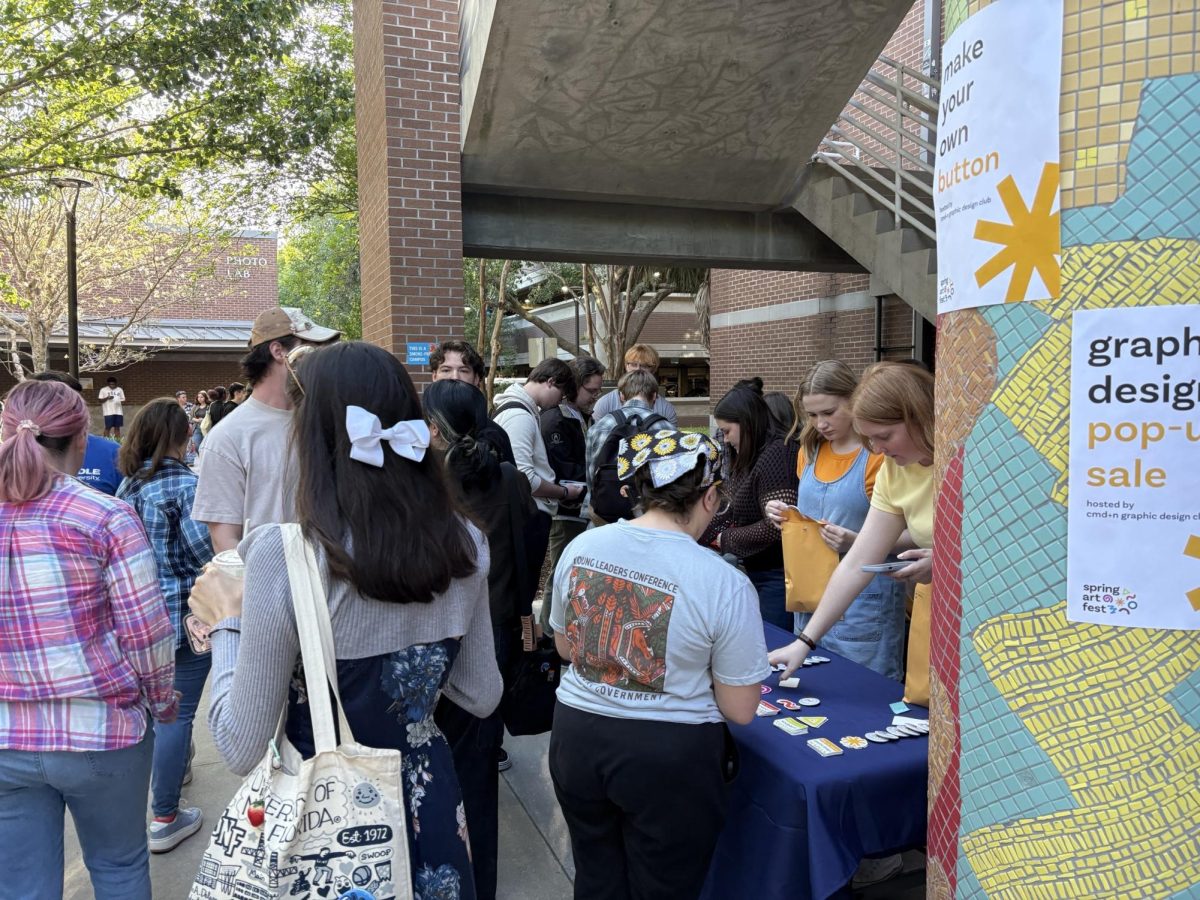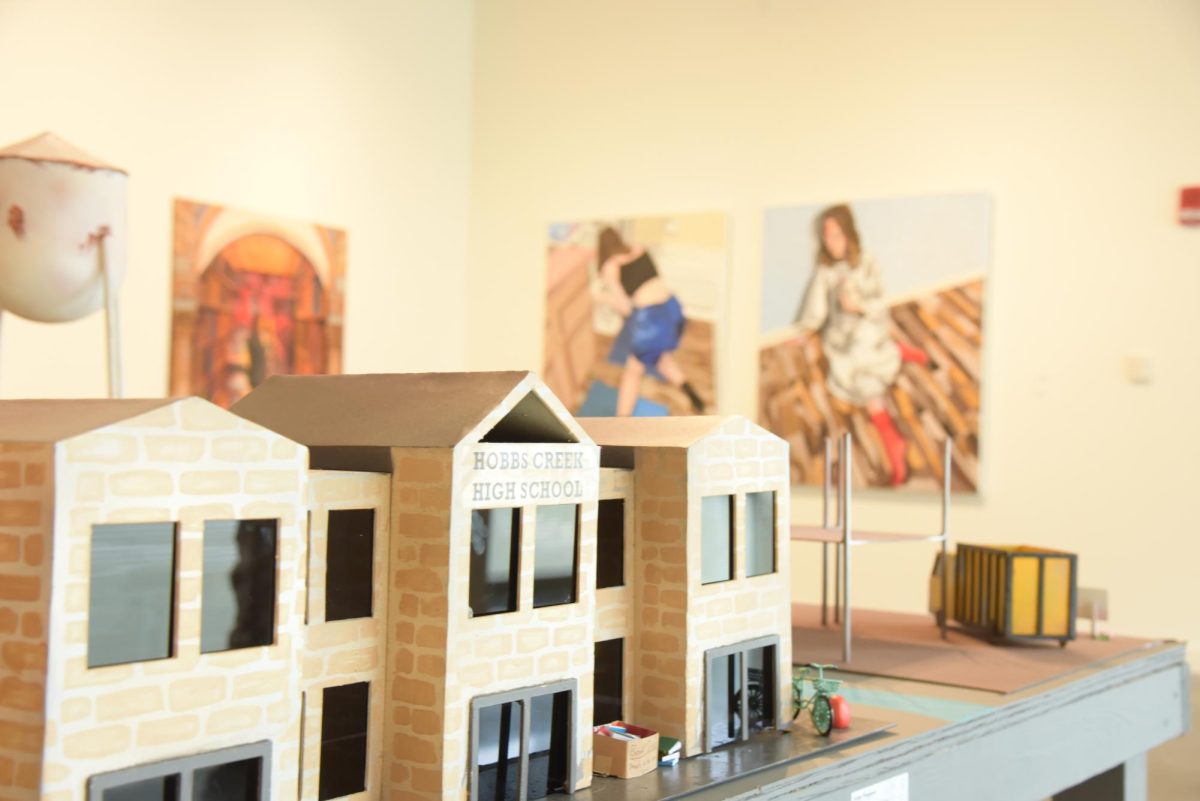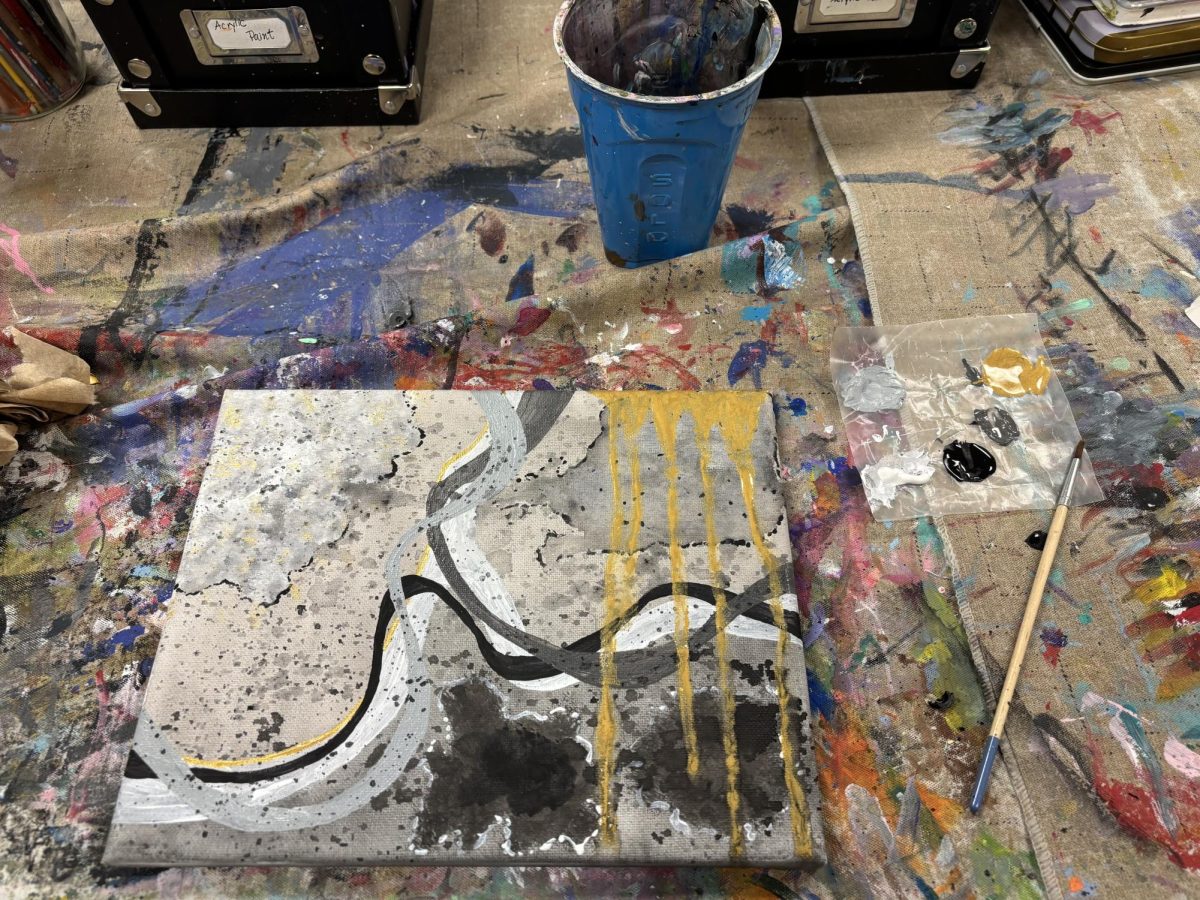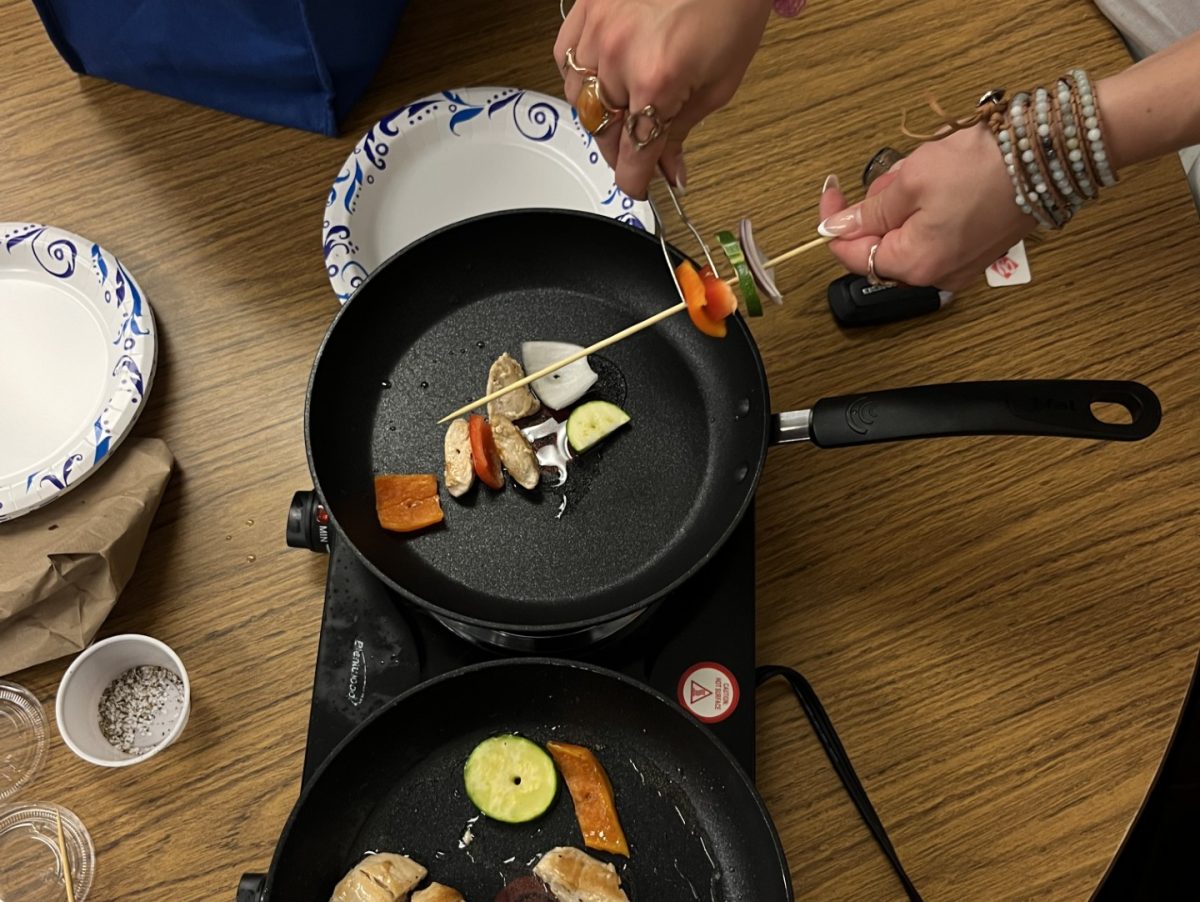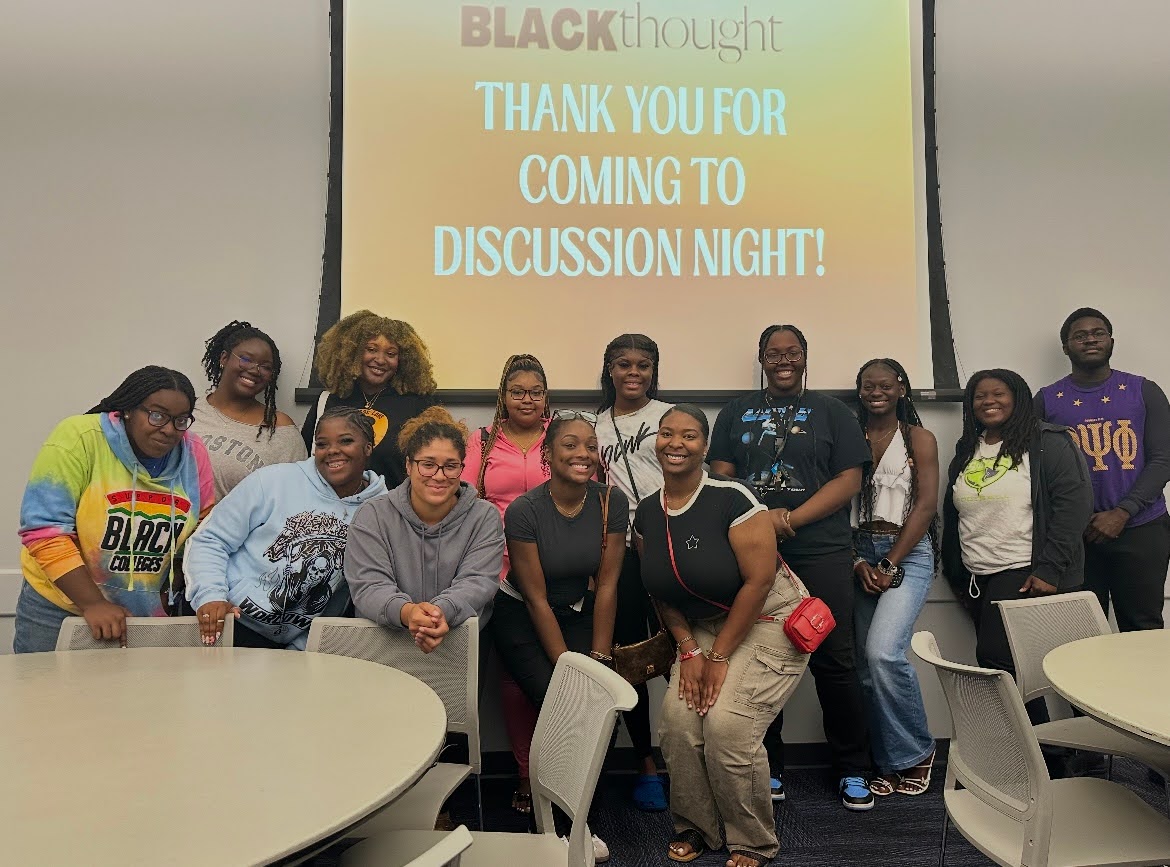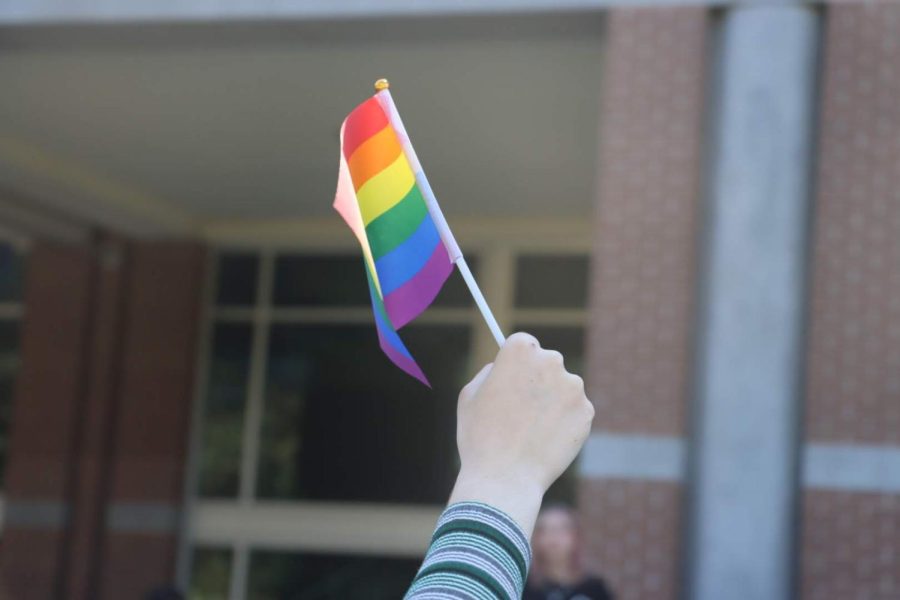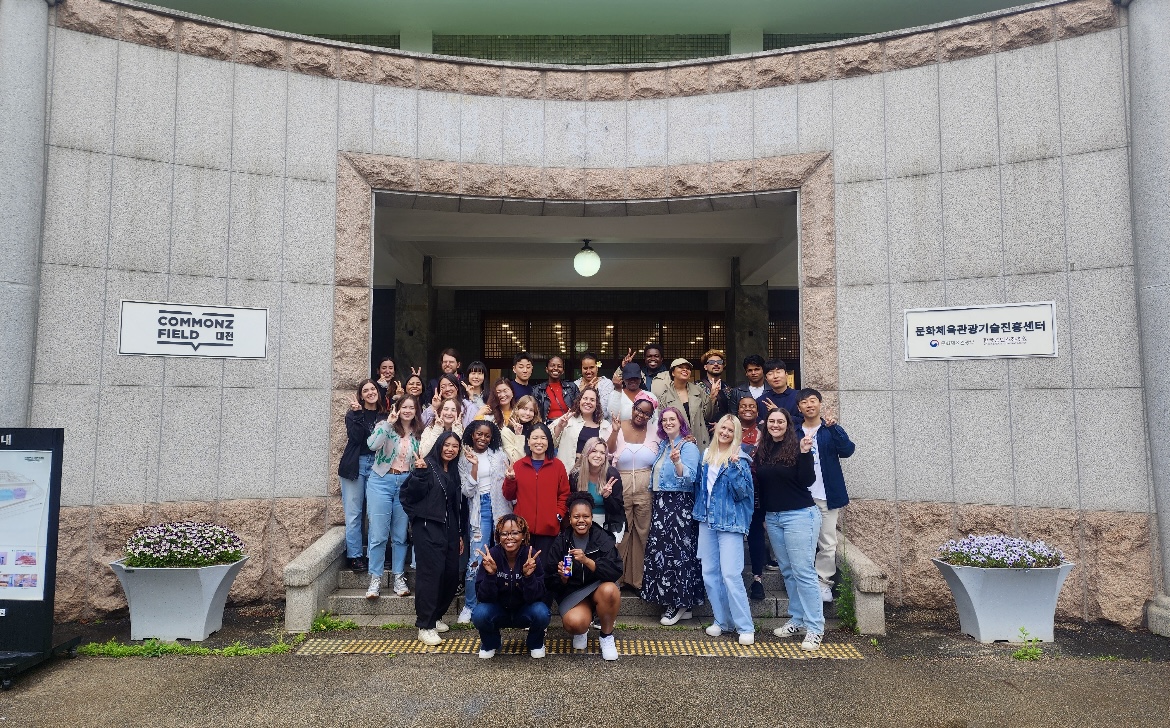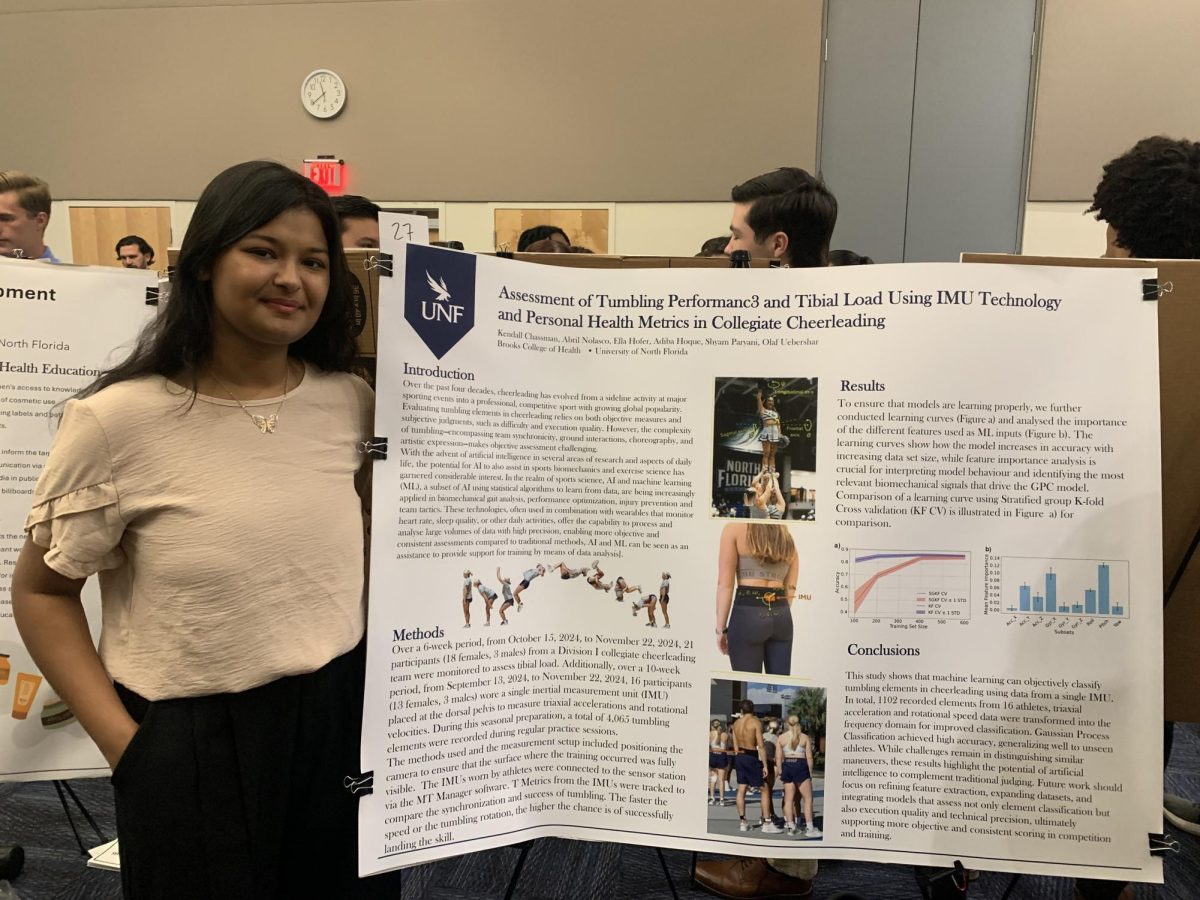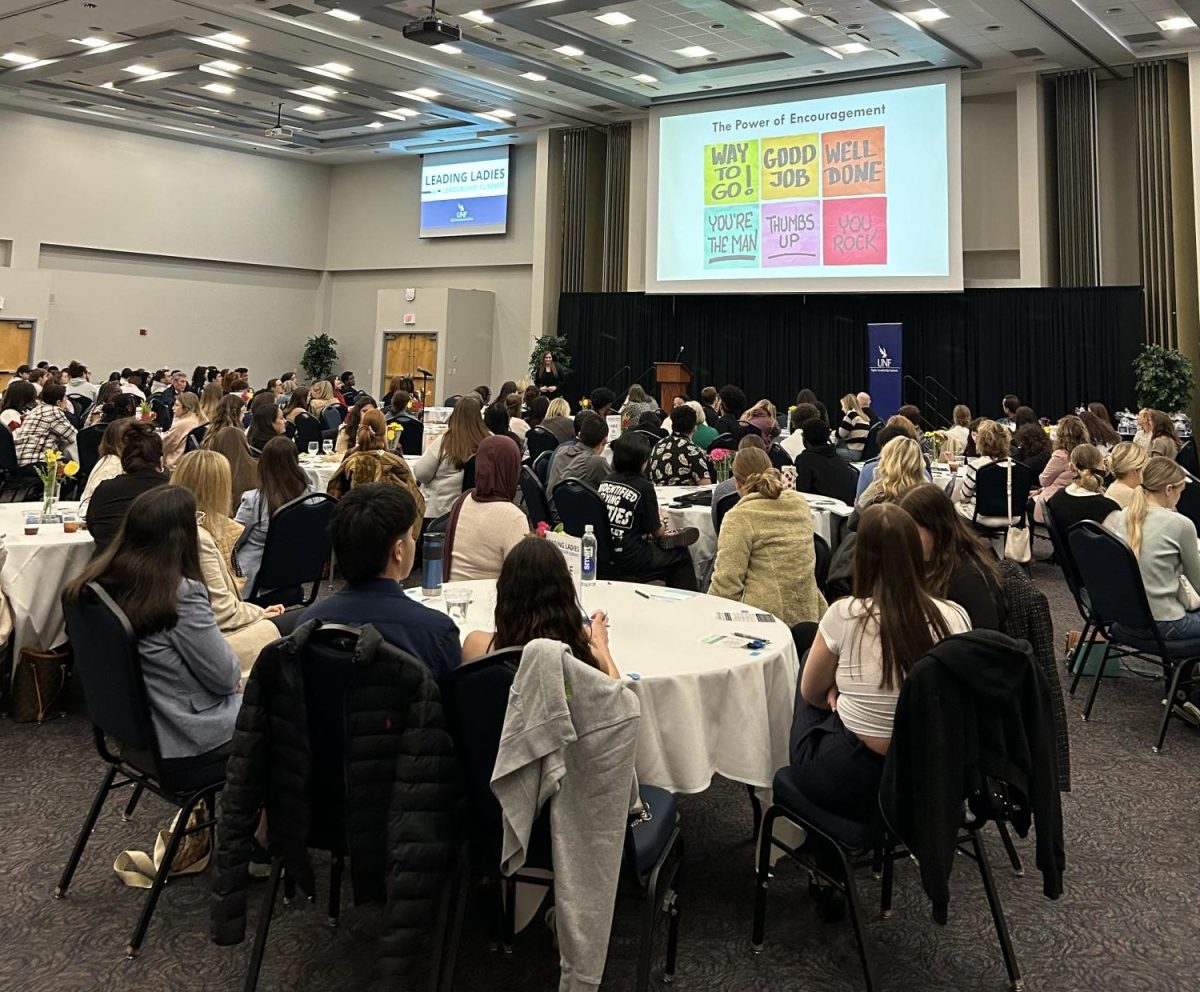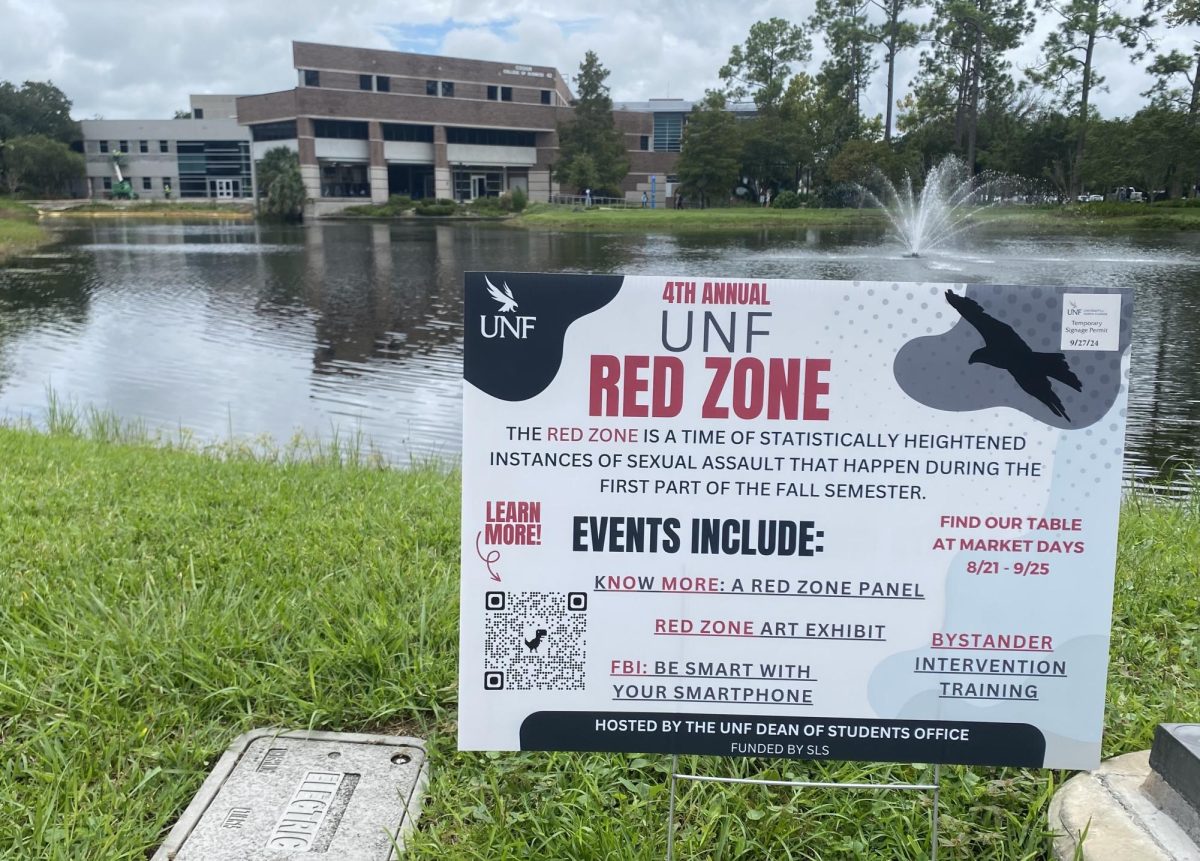UNF printmaking professor Sheila Goloborotko describes her art as poetic activism. When asked to do an exhibition for the third time in Mexico, she saw an opportunity for such activism and created the project System. System‘s theme is all about preservation. It highlights the need for preservation of the ecologically important coral reefs off the coast of Veracruz. System also uses its space in the museum Centro Cultural Atarazanas as a forum to showcase the need for preservation of the city’s historical buildings made of shell and coral from the reefs.
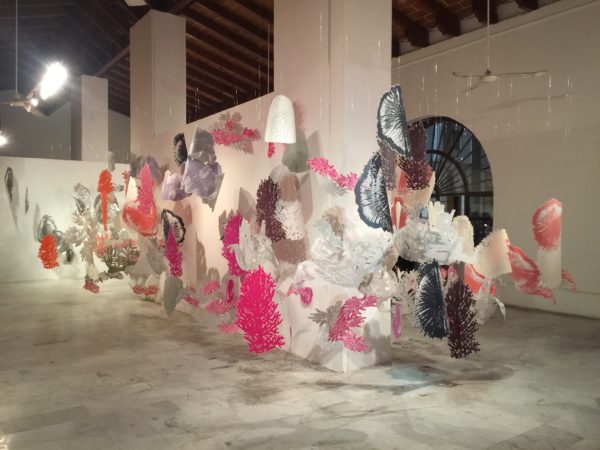
“I’m not the activist that goes with signs and posts on Facebook and gets angry with everyone, but I create activism with the poetic of my work,” Goloborotko said. “Does my work help people to have social justice? Does my work help the environment? Does my work help equality? Those are my measure of success, but I’m a very weird artist,” she laughed.
With System, Goloborotko hopes to influence Veracruz citizens to “consider other ways of looking at their reefs and their architecture. ” She declared that if just one building is restored or one coral reef is protected then she would consider herself successful.
System is made of mylar and aluminum coral “colonies” hung from the ceiling. A projection is shown on the wall over one colony that displays a video collaboration Goloborotko did with UNF professor of digital media Vanessa Cruz. System also includes “Currents,” a piece composed of a long aluminum sheet that flows in waves. It represents a year’s worth of projections of currents in the area.
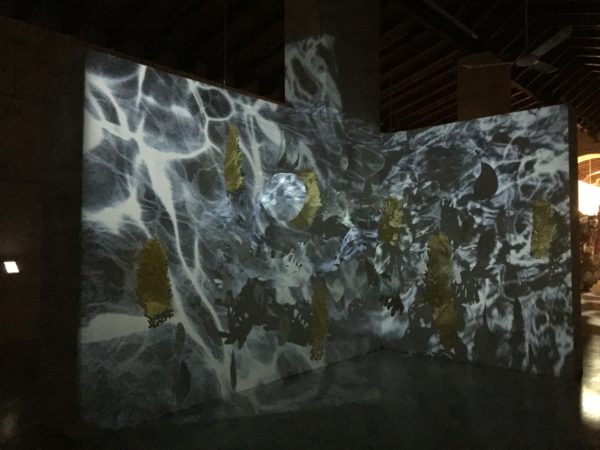
Centro Cultural Atarazanas, the museum where the exhibition is taking place, inspired Goloborotko to suspend her work from the ceiling. The building was constructed as an arsenal warehouse for the wars that would take place in Veracruz; it has since been opened as a cultural center and museum. It’s a landmark building, which means holes can’t be put in the original walls made out of shell and coral. Drywall sits in front of these historical walls that allows paintings to be hung, but Goloborotko wanted to embrace the original architectural features.
The shells and coral of the wall reflects the significance of Veracruz’s system of 17 coral reefs, Sistema Arrecifal Veracruzano, which have enormous ecological importance. The development of the city runs the risk of damaging the reefs. Coral reefs are fragile ecosystems, and negative change to their environment such as erosion and pollution is damaging to the reefs and their biodiversity. The reefs aren’t the only things at risk. While new buildings populate the city, historical buildings are falling to ruins, Goloborotko explained.
UNF fine art students—John Stowe and Camille Modesto—and Julie Chabrian, a laboratory technician for the university’s sculpture and ceramics departments, assisted in the production and layout of the exhibition. During the first half of the summer, they fabricated the coral shapes and figured out how to hang them. Once all the pieces were in place, the team traveled with Goloborotko to Veracruz to help set the exhibition up.
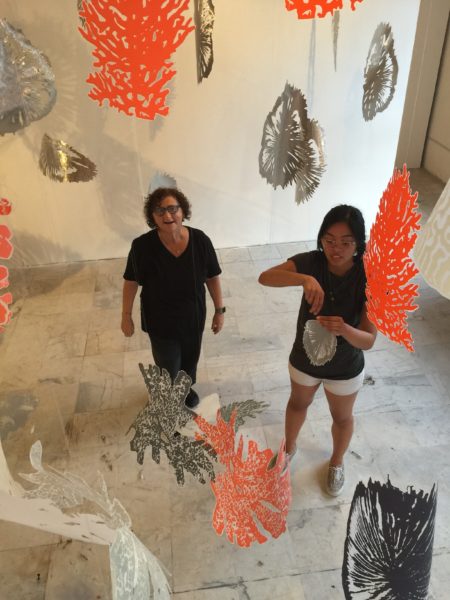
“It was a wonderful challenge to work on a project of this scale,” John Stowe commented. “Learning to communicate, working as a team, problem solving, and adapting to face new challenges was absolutely necessary in order for this exhibition to happen.”
“As a painter and printmaker,” he continued, “I spend many hours alone working. So working on a project like this [with others] was refreshing and invigorating.”
Providing an opportunity for student artists to take part in this collaboration hearkens to the level of teamwork required to make positive change. With poetic activism, Goloborotko hopes her exhibit of flowing pink and grey corals encourage others to look at their environment in a different hue. System is on display until August 12.
—
For more information or news tips, or if you see an error in this story or have any compliments or concerns, contact editor@unfspinnaker.com




